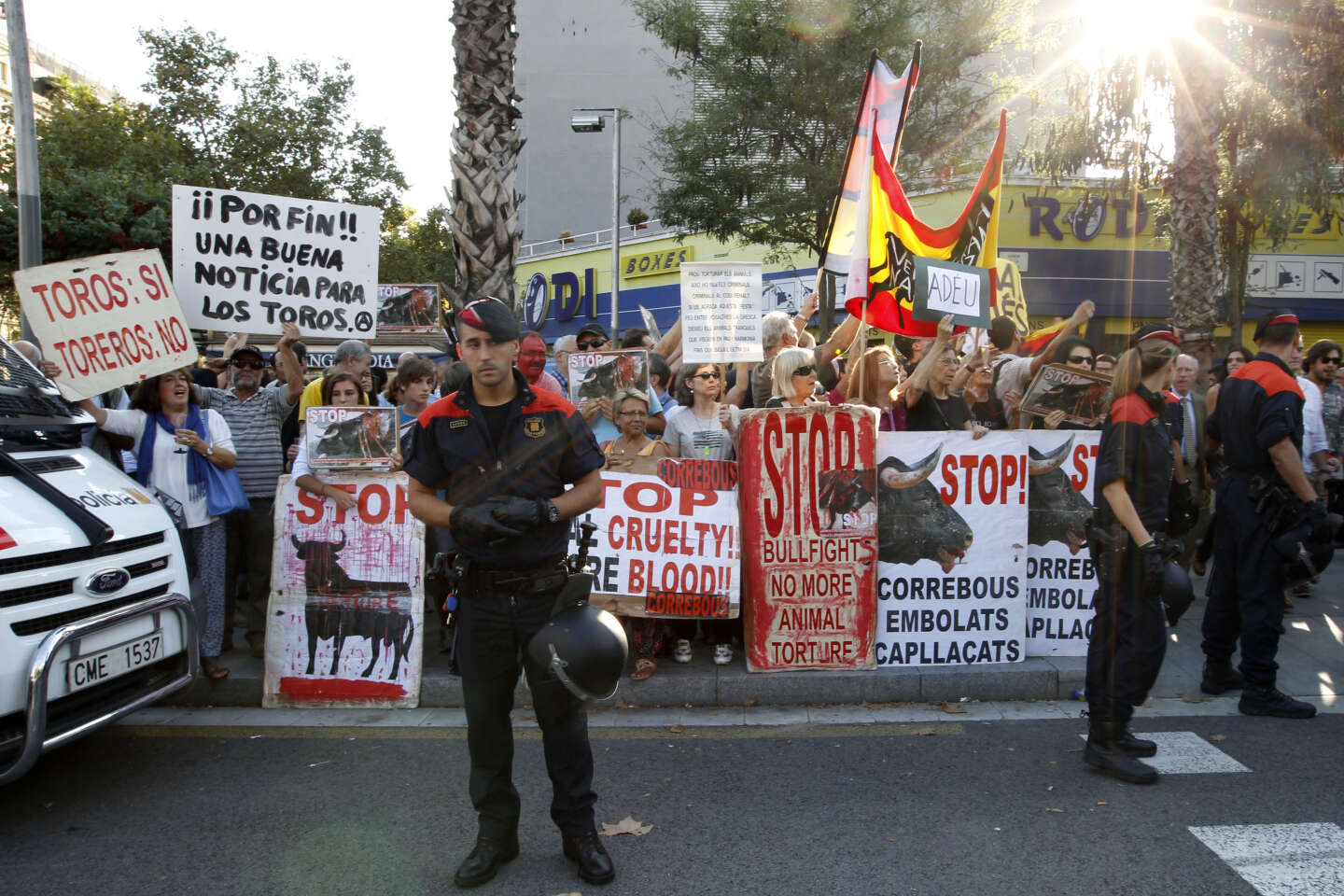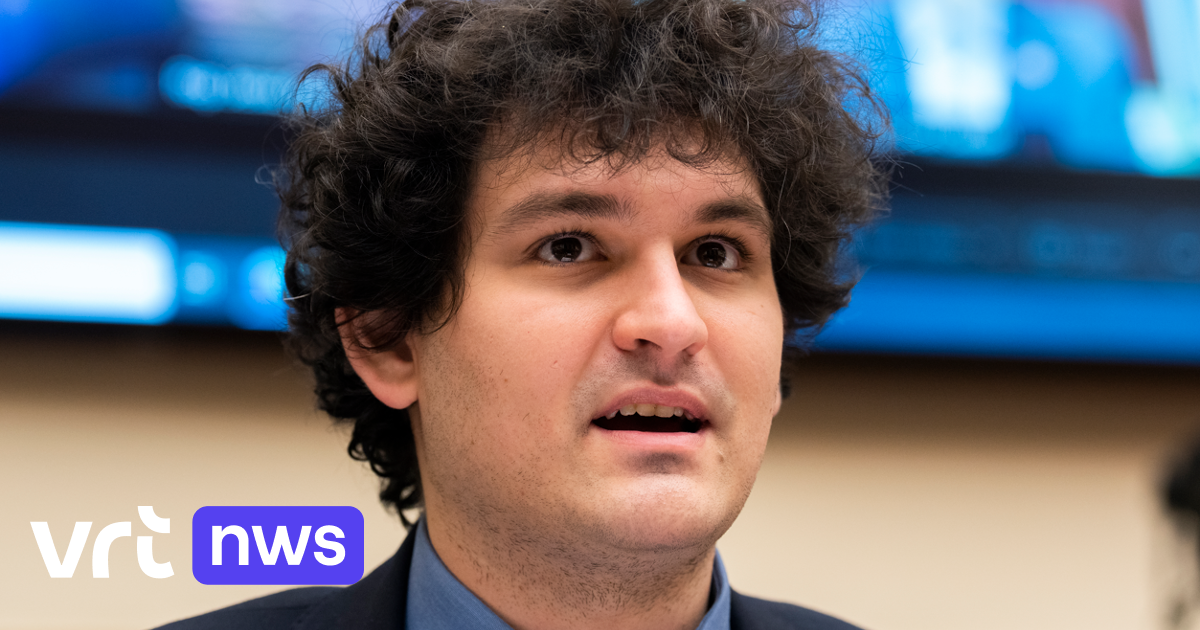There was a time when the city of Barcelona alone had three bullrings. Since the ban on bullfighting in Catalonia in 2011, Las Arenas has become a commercial centre, while the Plaza Monumental is an amphitheater hosting concerts and fairs of all kinds. Including, ironically, the biggest vegan festival in Spain…
The last bullfights in Catalonia took place here eleven years ago, before their ban came into force, voted by the regional parliament, following the presentation of a popular legislative initiative, with 180,000 signatures. On September 25, 2011, bullfighter José Tomas and others matador walked out the front door of this massive 20,000-seat amphitheater for the last time. Thousands of people from all over Catalonia, the rest of Spain and France then made the journey for one last position of honor at the National holiday. And to show their anger at a decision perceived as above all political, promoted by Catalan nationalists and separatists against one of the symbols of Spain.
In response, the Spanish parliament declared bullfighting a cultural heritage in 2013. Soon, however, the debate faded away. And also the 2016 decision of the Constitutional Court, seized by the People’s Party (PP, right), considering that Catalonia did not have the legal powers to prohibit them, has not changed anything. Although they are no longer banned, no bullfights have been organized in Catalonia. Too controversial. Not profitable enough.
“No social demands”
Long before they were banned, bullfights no longer attracted crowds to the region. There were only a few hundred subscribers left in Barcelona. So the Monumental was often half empty. And most of the spectators were in fact tourists. For lack of fans, few bullfights were organized there. Elsewhere in Catalonia, many bullrings were in a phase of decline that seemed irreversible: those in Olot had not hosted bullfights since 2003, those in Tarragona were transformed into a covered multi-use pavilion in 2006, those in Figueres abandoned since 2000, those in Girona destroyed in 2006, just like those of Lloret de Mar…
For the Federation of Bullfighting Entities of Catalonia, the only man who could have revived bullfighting in Catalonia was Pedro Balaña Mumbru, owner of La Monumental. But in 2017, in a political context inflamed by the desire for independence in Catalonia, the head of many entertainment companies had decided: he was not thinking of organizing bullfights ” for the moment “for legal, social and political reasons.
You still have 53.63% of this article to read. The following is for subscribers only.


